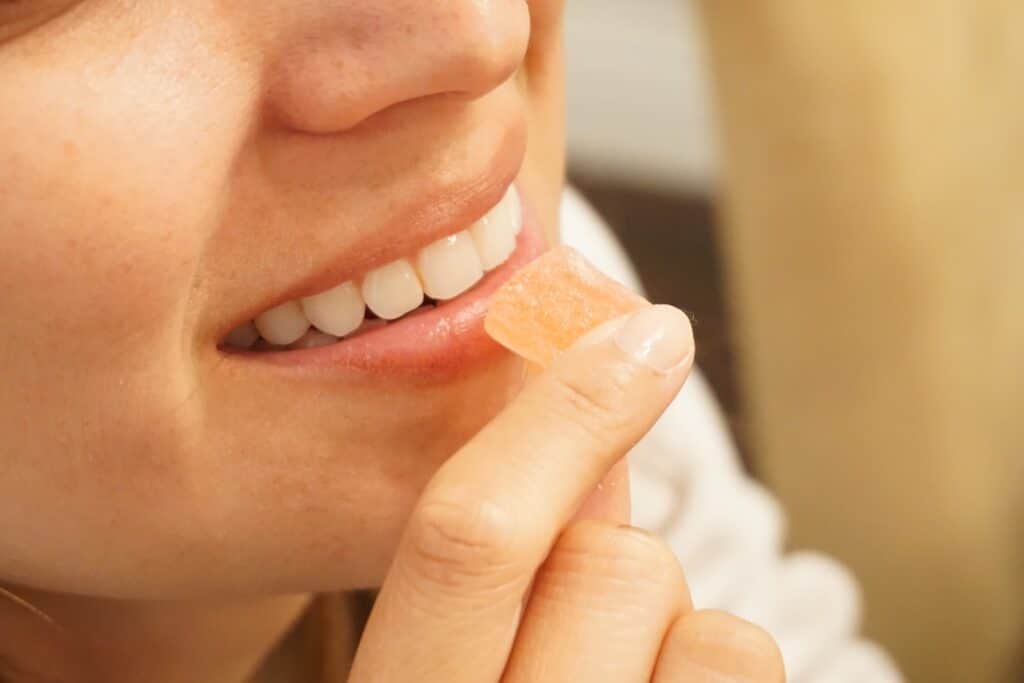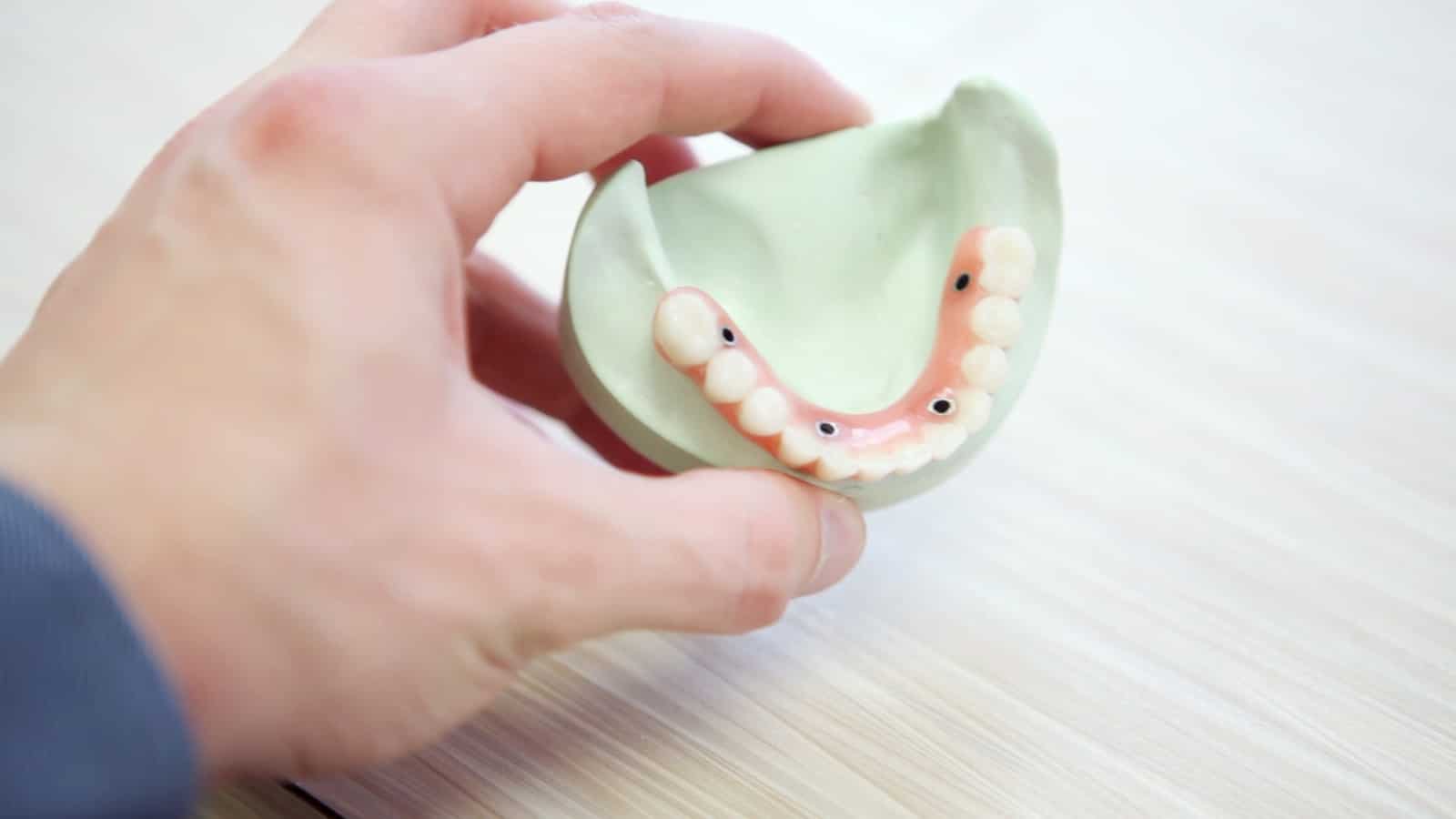My dental filling fell out: what to do?
According to a report by the CDC’s National Center for Health Statistics, about 91 percent of adults in the United States have one dental filling or more. So most of us have them. Dental fillings typically don’t last a lifetime, so it’s not uncommon for one to get loose. What to do when a dental filling fell out? We’ll fill you in.
In This Article:
- Dental fillings save teeth
- Dental filling falling out: the signs
- My dental filling fell out: what to do now?
- Causes of dental filling loss
- What to expect at the dentist after a dental filling fell out
- Preventing future dental filling loss
Dental fillings save teeth
Dental fillings, or simply ‘fillings’, are small but vital dental treatments. They’re like a patch for your teeth, fixing issues like cavities and cracks.
Dental fillings serve an important purpose. They fix and strengthen teeth that have been damaged by:
- Cavities: Holes in your teeth caused by decay.
- Fractures: Cracks in the tooth, often due to accidents or biting something hard.
- Worn Surfaces: When teeth lose their protective outer layer.
In short, dental fillings help your teeth stay strong, intact, and pain-free. Untreated cavities can cause more serious problems and eventually lead to tooth loss. In the US, more than 1 in 4 adults have untreated tooth decay*. A simple filling can solve and prevent a lot of problems.
Dentists use different materials for fillings, including strong silver-colored amalgam, tooth-colored composite resin, durable gold, and ceramic made from porcelain. The choice depends on the tooth’s location and your preference. The process of getting a filling is straightforward: your dentist numbs the area, removes any decay or damage, fills the space with the chosen material, shapes it to fit your bite, and then polishes it to ensure it’s smooth and comfortable. This simple procedure rescues your teeth from decay and damage, allowing you to eat, speak, and smile without discomfort.

Dental filling falling out: the signs
You don’t need to be a dentist to recognize when a dental filling has come loose. Several unmistakable signs can signal this problem, including:
- Sensitivity. If you start feeling a sudden twinge of pain when consuming hot or cold foods, your filling might be coming loose. Sensitivity occurs because the exposed area is more sensitive to temperature changes.
- Feeling a hole in your tooth. The clearest indicator is when your tongue or finger senses an unexpected hole or gap where the filling once was. It’s a strange feeling that is not easily missed.
- Food buildup in a filled tooth. If you notice food consistently getting stuck in the tooth with the filling, it’s a sign that the filling may have lost its tight fit. The gap can trap food particles, making it uncomfortable and challenging to clean.
- A hard particle in your mouth. Sometimes, you might accidentally bite down on a hard particle that feels like a popcorn kernel, and you feel an unusual sensation. Or you find something in your food that shouldn’t be there if the whole dental filling fell out. This usually indicates that the filling has shifted or is broken.
My dental filling fell out: what to do now?
If your dental filling fell out or is loose, it is a good idea to schedule an appointment. We can restore the damage.
Keep the filling if you find it. Your dentist may want to assess whether it can be reused. In the case of a lost crown, your dentist might be able to re-cement it onto your tooth.
Make sure the area stays clean by rinsing it with a saltwater solution. Mix 1/2 teaspoon of salt into a cup of warm water and rinse for a few seconds. This can help eliminate nasty bacteria that might harm your exposed tooth. Be gentle when brushing the area where the filling came out. It’s important to continue your regular dental hygiene routine. For the time being, refrain from using the tooth that lost the filling for chewing until it’s repaired.
You can use dental wax or temporary filling material, which you can find online, to shield the exposed tooth temporarily. This is a stopgap measure until your dentist can restore the filling. If you’re in pain, you can take over-the-counter painkillers to help you.
Causes of dental filling loss
Dental fillings are not invulnerable and can sometimes come loose. Understanding why this happens is the first step in preventing it. These are some common reasons for a dental filling to fall out:
- Decay or cavities
Even well-placed fillings can’t withstand the effects of new decay around the filling. Over time, this can weaken the tooth structure and compromise the bond between the tooth and the filling. Good oral hygiene can help prevent this.
- Chewing too hard
Excessive force while chewing or biting into hard or crunchy foods can put stress on the filling. The constant pressure may cause the filling to dislodge. - Grinding teeth (bruxism)
Bruxism, the habit of grinding or clenching your teeth, can put significant pressure on dental fillings, potentially causing them to loosen or fall out. Using a mouthguard while sleeping can help protect your fillings in such cases. - Trauma to the tooth or root
A physical injury or trauma to the tooth or its root can disrupt the stability of the filling, leading to its loss. - Worn margins
Over the years, dental fillings may experience wear and tear. This can cause the margins around the filling to become worn, making it difficult for the tooth to hold the filling. Worn margins can also create openings for bacteria, potentially leading to decay beneath the filling. - Amalgam filling specifics
Amalgam fillings have a unique characteristic – they require a wider base than the top to stay in place. As a result, the remaining tooth may become weaker and more prone to fracturing over time.
How long do fillings usually last?
Like everything else, with good care, dental fillings also last longer. Good dental care will also contribute to keeping your gums healthy. Most fillings will not stay perfect forever though. In general, the lifespan of common fillings is as follows:
- Amalgam fillings: 5 to 25 years
- Composite fillings: 5 to 15 years
- Gold fillings: 15 to 30 years

What to expect at the dentist after a dental filling fell out
When you visit the dentist after a dental filling fell out, expect a thorough examination and likely an X-ray to ensure your overall dental health. If no other problems are found, we’ll discuss replacement options. You can usually choose any material. In many cases, the filling can be restored easily, if there are no extensive repairs needed and your gums are healthy. If your tooth is weakened, a crown may be suggested. In situations with infection, an endodontic treatment plan may be in order. If the tooth can’t be saved, extraction options like bridges or implants will be discussed. Your dentist will guide you to make the best choice for a healthy, long-lasting tooth.
Preventing future dental filling loss
To prevent dental filling issues in the future, commit to a routine of regular dental checkups where your dentist can identify issues early and take proactive measures, such as replacing worn fillings. At home, maintain a good oral hygiene routine by brushing your teeth with toothpaste at least twice daily, flossing every day, and replacing your toothbrush regularly. Don’t overlook brushing your tongue to eliminate bacteria.
Avoid teeth grinding and be cautious with hard objects and tough foods. Steer clear of clenching your teeth and limit sticky, sugary foods to reduce the risk of filling dislodgement and tooth decay. If you experience any discomfort around a filling, see your dentist promptly to address the issue before it worsens. Regular checkups every six months help immensely in detecting and managing potential filling problems.
